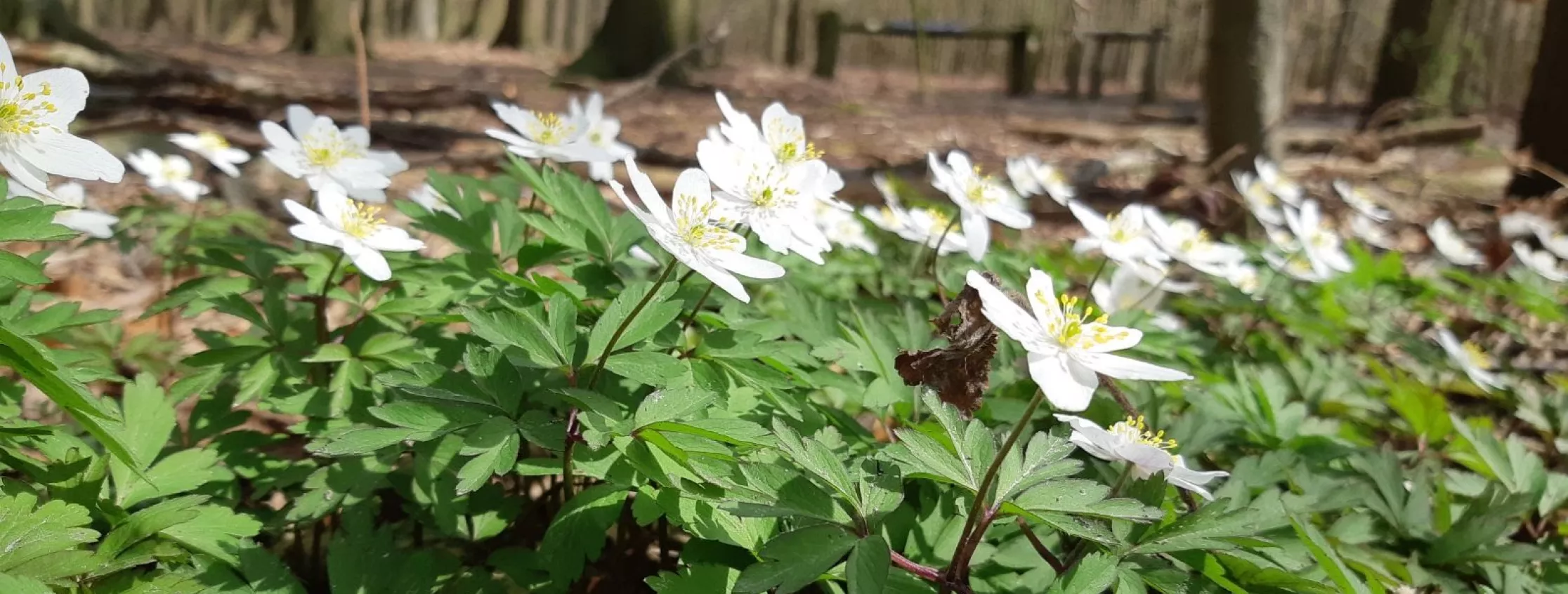Natura 2000: promoting and branding the European ecological network
By 2025, a communication strategy will be developed with a clear agenda to raise awareness around biodiversity, with specific focus on certain target groups. The ambition is to make all relevant target groups understand the importance of biodiversity by 2031 in order to increase support for more and better nature.
The challenge here is to develop a common strategy that can be used across all regions. However, each region has its own principles and regional objectives. Biodiversity is a regional competence in Belgium and thus subject to a regional communication strategy. The project will work with the regions to identify synergies to make communication more effective.
Here, 2 aspects are important:
Raising awareness in society:
The transition to biodiversity restoration also has an important social dimension (leave no one behind). The entire society must be involved and become aware of the importance of biodiversity because it affects all people. Bring nature back to people: Biodiversity provides us with essential ecosystem services. Nature-based solutions are part of today's societal challenges (climate adaptation, floods, drought, etc.). To gain more support for biodiversity policy, it is essential to inform all layers of society and why it matters to them. A specific approach will be developed in the first phase and implemented in the following phases. Part of this strategy is to make results visible to the public. A Belgian component of the European ambassador programme will also be launched to raise awareness.
Raising awareness of the Natura 2000 concept and network:
Bringing Natura 2000 to the people includes branding of Natura 2000. Together with all regions, a methodology is being developed and tested in the Sonian Forest (pilot project) in Brussels. This will later be scaled up to the other regions. This includes guiding the public to the protected areas, taking into account possible negative effects of recreation and thus keeping them as low as possible. When people experience nature in a fun way, they are more quickly convinced of the value of biodiversity and its protection!

